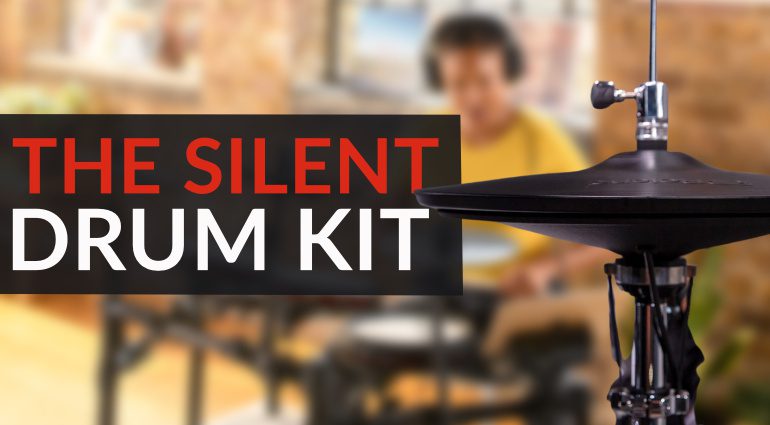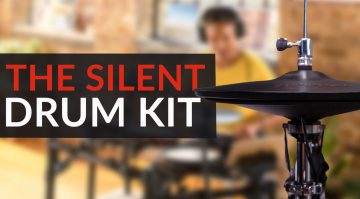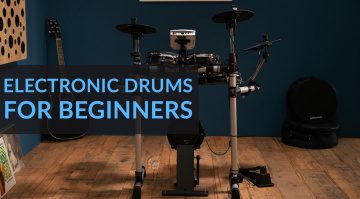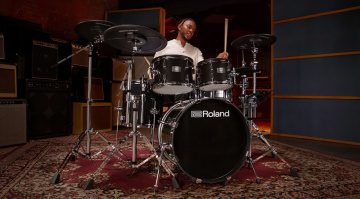The Silent Drum Kit: Quiet drums for stage, studio and practice
Intolerant neighbors, sleepy toddlers, or acoustically challenging venues – there are many reasons to need a silent drum kit. We take a look at the different options to follow your drumming passion – quietly.
The silent drum kit – DIY dampening and rods
There is no way around it – drums are by far the loudest instrument (if you exclude amps turned up to 11). Besides the amount of space they occupy, that can be one of the main challenges in the daily life of a drummer. The cheapest way to at least somewhat dial down a drum kit’s volume is old clothing items and duct tape.
Put the shirts over your cymbals and some tape on every drum, both batter and resonant head. That should dampen the kit enough that it might not anger the neighbors one house over anymore. Of course, this way also drastically changes the sound of your kit – both shells and cymbals.
But at least you get to play about as intensely as you would without dampening. And if that isn’t enough, consider switching from normal sticks to rods – it might be quite the challenge for your blast beats and “in the air tonight“ fills, but with rods you’ll be playing at room volume (?).

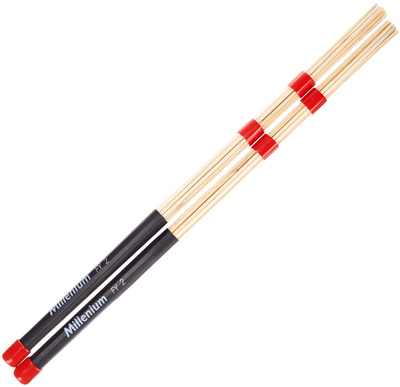

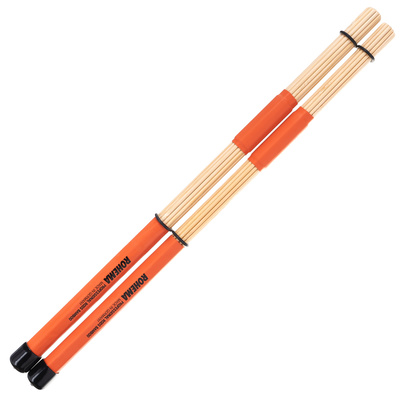

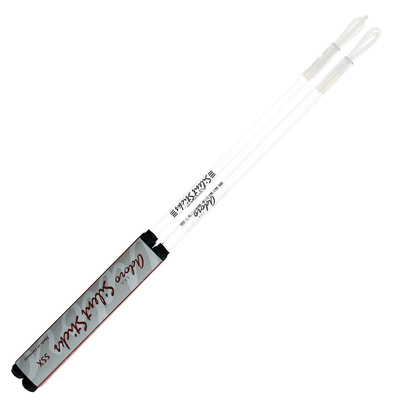
Get closer to the silent drum kit with dampers and shields
While these DIY options might work initially, they also change the feel of hitting shells or cymbals. With dampers, you protect your drum heads and your ears. These tools also come in handy when you’re shooting a music video and your fellow band members have trouble mimicking to the playback over your enthusiastic playing.

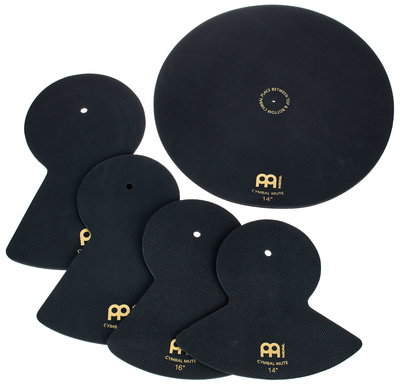

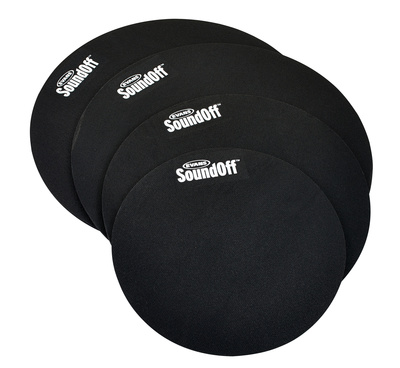

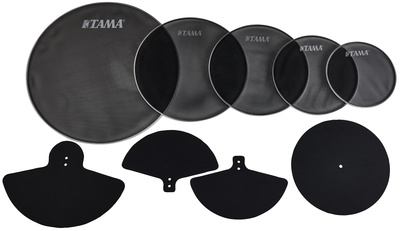
If you really can’t imagine playing anything else but your acoustic drum set, consider mesh heads and low-volume cymbals. These drum heads can significantly lower your drum kit’s volume while also offering e-drum connectivity. That way, you can also trigger your favorite drum sounds with them while not annoying your neighbors.

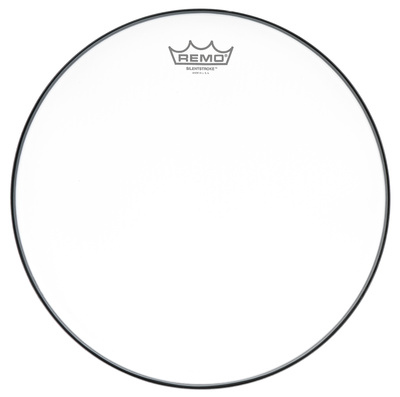

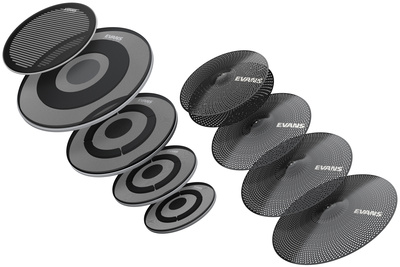
Another way to get closer to a silent drum kit is a drum shield. As much as it isolates from your bandmates, it can be a huge help when trying to lower a drum kit’s volume. You do need additional space to properly set it up, though. But especially for suboptional acoustic situations on stage (say, in a church band) or in the studio, these can be a live saver.



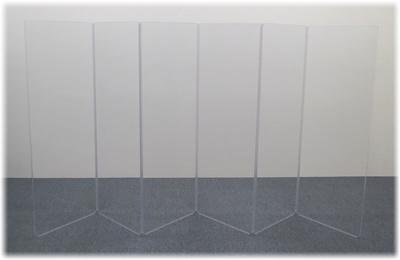
The quietest solution: e-drums
Especially for apartment drummers, there is usually no way to drum intensely other than e-drums. And these kits have gotten quite versatile, with some of the more expensive ones, like the V-Drums from Roland, delivering a very natural feel when being played. If you can, do invest time into researching which type and size of kit is yours. And possibly try some out in a drum store.

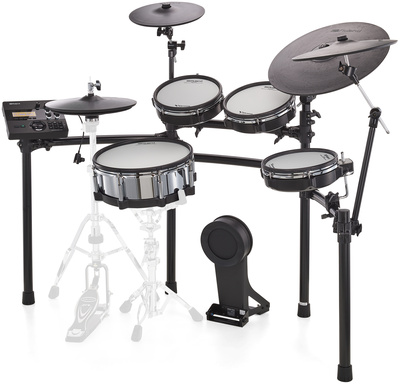

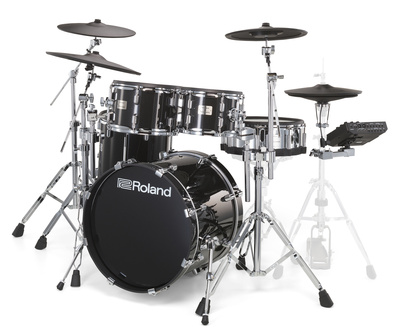
And these days, even the more budget solutions offer plenty of – excuse me – bang for your buck. Brands like Millenium or Alesis offer pretty affordable kits in a variety of sizes. However, there is one caveat, even with e-drums, if your ceiling and floor walls are thin in an apartment building. You might need an additional riser or any other noise elimination podium in addition to the e-drum kit, (plus the additional space the podium requires).

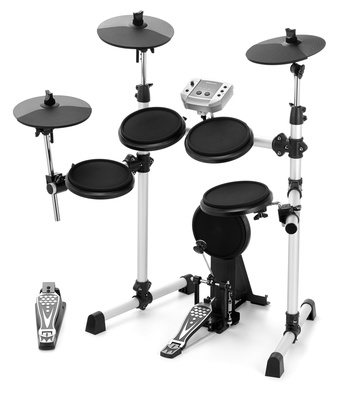

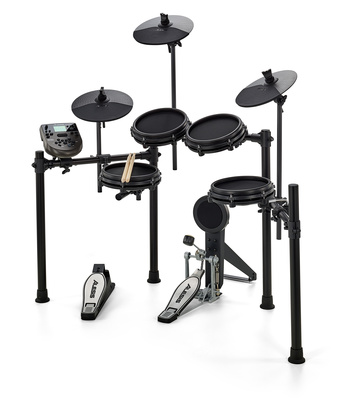
Because even with e-drums, especially for the bass drum, the noises from hitting the rubber drums can still travel through thin walls. With a riser like that and an e-drum you can get pretty close to a silent drum kit.

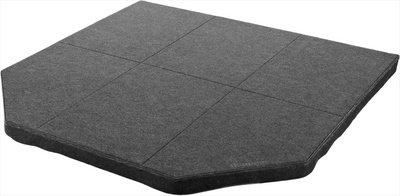
Conclusion
Searching for a silent drum kit might sound counterintuitive – but not everyone has access to an isolated garage, a basement rehearsal room, or a nice studio. For these situations, there are plenty of options to quiet down your drum kit gradually – or replace it with e-drums, if nothing else helps.
More in the silent drum kit
This post contains affiliate links and/or widgets. When you buy a product via our affiliate partner, we receive a small commission that helps support what we do. Don’t worry, you pay the same price. Thanks for your support!

 3,9 / 5,0 |
3,9 / 5,0 | 